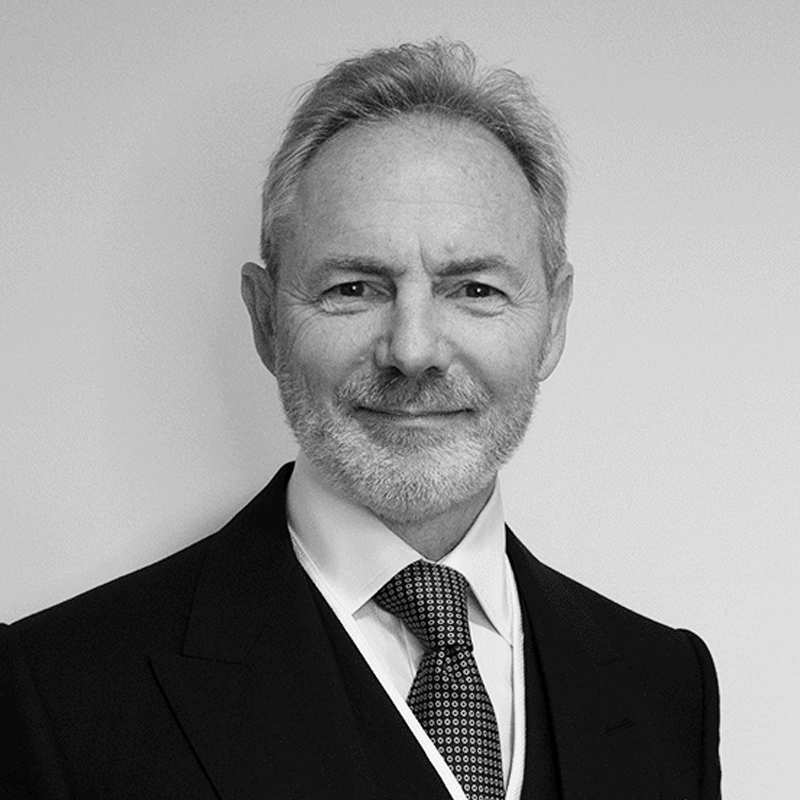As a former officer, you have led in times of crisis and pandemic before, what's different about this pandemic crisis?
A crisis is defined by the scale and speed of events – they say you know you're in a crisis when your worst-case scenario becomes your best-case scenario within a working week – but what also distinguishes a crisis is a personal component. In a pandemic, we fear for ourselves, for our family; we fear something we cannot touch or see; we fear for the economic uncertainty that it brings with it.
The fact is, for this pandemic, the likelihood of serious illness or death is very low indeed – the case fatality rate of COVID-19 is nothing like that of previous pandemics such as SARS, Avian Flu, or Ebola; but that does not stop us from being afraid. And this personal component is something that leaders must consider, acknowledge, address, and take steps to alleviate. Those leaders that fail to demonstrate this empathy may find themselves short of followers in the post-COVID world.
But the rate of infection of this pandemic is alarming. What we do have to acknowledge, therefore, is the possibility of bereavement to someone in our wider work and family networks – and the potential upset and distraction that this brings with it. We must acknowledge the potential negative impact of the current situation on some peoples' mental health. And we must anticipate and plan around the economic damage that is already being wrought.
What should CEOs do in time of crisis, what should their priorities be?
In a professional services firm like SKAGEN, a CEO is not particularly useful day-to-day. My team know what to do and they don't need me to tell them, or to get in the way. But in a crisis, a CEO needs to get busy, to get ahead of the developing issues, to adjust to making decisions without the full facts being available, and to get used to making mistakes and then recovering from them, quickly.
The first responsibility of the CEO is to set the command and control that will address the crisis, in this case a pandemic. This might be the normal management team, but it will likely also include other expert input. It's best to separate normal business from crisis response.
The second responsibility is to activate the required information networks. The normal CEO network is unlikely to be optimised for pandemic response. New and relevant data and advice is vital. CEOs must identify the information critical to likely decisions and find verified and corroborated sources of it, and fast.
Above all, the CEO must communicate, to clients, to colleagues, and to their families. And truth, competence, and optimism must underwrite this communication.
We're now approaching a period where some lock-down measures are being eased, what is your focus now?
My work is currently directed towards three overlapping areas: operating during the pandemic; adapting to the pandemic; and planning for the post-pandemic world.
Operating during the pandemic
Pandemics are not single events; they occur in waves of infection, and sometimes the later waves can be every bit as damaging as the first. Therefore, until there exists an effective vaccine manufactured at scale, there are only two phases in a pandemic: pre-infection and infection.
Pre-infection is the gaps between waves, the periods when restrictions are relaxed, and aspects of normal life resume. Pre-infection is about protecting individuals; infection, when the virus breaks out, is about protecting the group. As we return to more normal patterns of life, we must guard against reinfection. This means physical and procedural protection measures – decontamination, separation and so on. Priorities for return to working from the office must be set. Resilience must be increased through shift work and separation of key personnel e.g. fortnightly rotation of staff.
During periods of infection, maintaining operations is the central task – this gets better with successive waves. Investment must be made in wellness and mental health. And both phases must be underpinned by effective communication and, increasingly, by improved cyber security.
Adapting to the pandemic
Adapting to the pandemic is looking at how the firm can improve or demonstrate purposeful leadership. This might be in the form of adapting the business e.g. an improved digital service; or in the area of philanthropy; or through collaboration with other actors; or just by finding ways to demonstrate shared values with the wider community and society.
Post-pandemic planning
There is little doubt that this pandemic creates the opportunity for us to re-engineer some things better than before – let's see if we take it. All businesses will need to adjust to the economic fallout of the recession that will now play out. For this we use planning scenarios; these use assumptions about the future to inform decisions in the present. Doing nothing is not an option.
What have you learned from this most recent pandemic?
That I need to see my father and my children more. That I am blessed with calm, decent and able colleagues who care about one another and about the clients that they serve. And that the authorities here in Norway are sensible, competent and well led.
What investment advice would you now offer a friend or client?
I am not an authorised Norwegian investment advisor, but my view is bearish short-term and bullish long-term – which you'd probably expect from a value manager. We currently see a decoupling between economic fundamentals and market pricing; that spells uncertainty. We have the equivalent of eight Marshall Plans of stimulus announced globally – that's 10x the Norwegian oil fund. We do not yet know the full extent of both the supply-side shock and the demand-side shock due to lock-down. All this means volatility ahead, and that means both risk and opportunity. So, a well-diversified portfolio in line with your tolerance for risk is recommended, rebalancing on sustained strength or weakness and, above all, seek professional investment advice.




